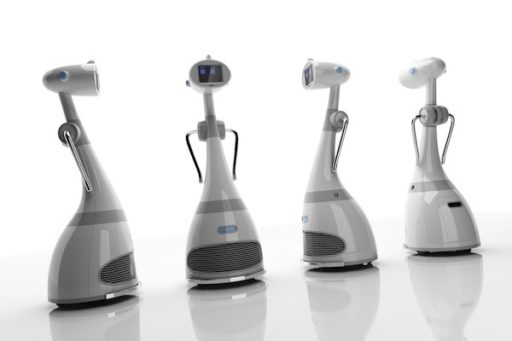With the increasingly greater power demands of smartphones, tablets and other mobile devices, the world is on the hunt for better batteries. While many industry giants are working on it, University of Southern California (USC) seems to have come up with an excellent solution. Using silicon nanowire, the university has created a battery with three times the normal energy capacity.
When looking for a better battery, most vendors think in terms of better power capacity, faster recharging and lower production costs. USC has somehow managed to bring all these features into its silicon-nanowire battery.
The battery holds triple the capacity of today’s prevalent batteries, can be recharged within an astonishingly low time of 10 minutes and finally, has 2,000 charging cycles, making it very cost-effective. While other researchers have tried to wield silicon to achieve their goals, USC has used porous and flexible silicon nanowires rather than silicon plates.
The nanowires were used as anodes in a lithium-ion battery. It is because of this innovative use USC was able to accomplish what other researchers couldn’t, to bring together all the needed features into a single battery.
Given the fact that it holds nearly all the ideal and desired traits, this battery sounds too good to be true. But USC says, it’s hopeful that the battery would find its way into the mainstream within the next two or three years.
Source: USC
Courtesy: Engadget
[ttjad keyword=”solar-device”]


![Read more about the article Apple Released ‘Swift’ – A Coding Language For Everyone [Video]](https://thetechjournal.com/wp-content/uploads/2016/06/chrome_2016-06-15_08-53-50-512x271.jpg)